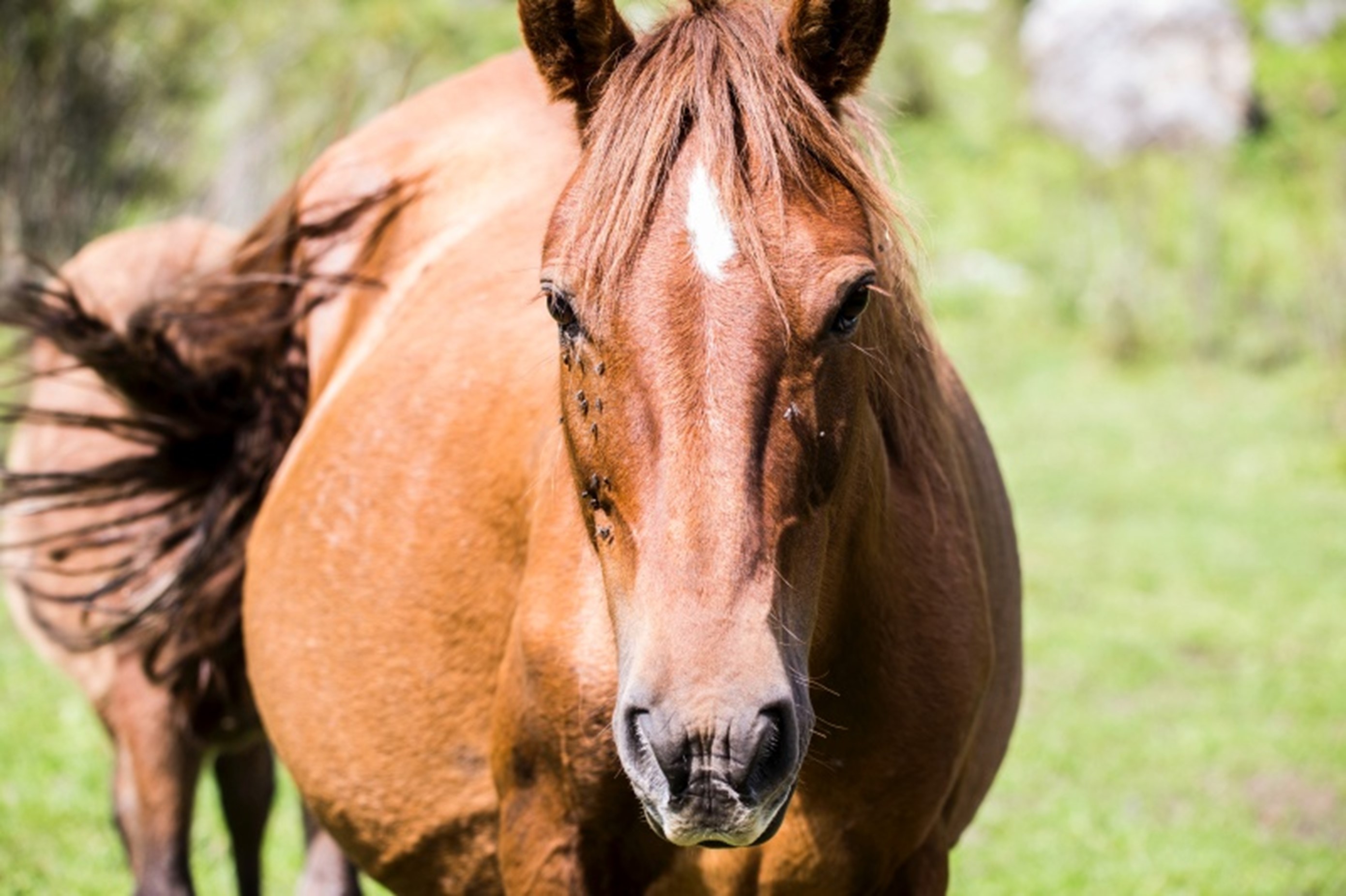Research raises issue of damage caused by forest livestock grazing

Sponsored by
Research conducted by Binbin Li and colleagues at Duke Kunshan’s Environmental Research Center has shed light on the effects of a rapid increase in livestock grazing across forested areas globally.
Published in the scientific journal Global Change Biology, on July 29, their study revealed a complex but generally negative picture of the impacts. It could contribute to forest conservation efforts and policies, and provide a scientific basis for future planning of sustainable livestock grazing.

Photo taken by Dr.Binbin Li
“In China, there is extensive livestock grazing in forests both inside and outside of protected areas. We have previously conducted research on the impact on panda habitats in southwest China. However, less is known about the effect on other species and on the whole forest ecosystem,” said Li, assistant professor of environmental sciences at Duke Kunshan University and the study’s main author. “We analyzed existing evidence about livestock grazing on a large scale to lay the foundation for future research.”
Their results showed that livestock had a negative impact on forest structure, as well as leading to a reduced number of species and exacerbating climate change, but that outcomes were heavily influenced by other environmental factors.
Livestock grazing had a more damaging impact on medium and large mammals, plant communities, and soil than on other wildlife such as birds and invertebrates, according to the study.
Herds of mixed livestock were found to have generally less impact than single animal herds, because they feed across a range of vegetation rather than consuming and depleting just one. However, mixed herds can also have a more damaging effect on forest structure (the physical and spatial arrangement of ecosystem elements such as trees, plants and grass), which can impact its ability to hold resources and sustain life.
Environmental conditions such as rainfall and temperature were found to influence the extent of damage to forest ecosystems. In general, the research measured a bigger impact in warmer and drier regions, although this was moderated by a history of animal grazing in an area and herd density.
Researchers also found significant ramifications from livestock grazing for climate change, said Bingkun Jiang, co-author of the paper and research assistant in conservation biology at the Environmental Research Center. Unmanaged grazing, which lets livestock feed heavily on underlying vegetation, affects forest regeneration and reduces its carbon stock, he said. Instead of being stored within the vegetation, the carbon stock is converted through animals into gaseous carbon in the atmosphere, which contributes to climate change.
“To stop this, sustainable livestock grazing in forests needs to be implemented urgently," said Jiang.
"Forest ecosystems are of irreplaceable value in reducing atmospheric carbon dioxide concentrations, contributing to the global goal of carbon neutrality and maintaining the global carbon cycle," he added.
Although the overall effect of livestock grazing on forested areas is negative, there were some positives drawn from the research, according to Li.
“Livestock activities could have positive impacts on forest management, such as by replacing the role of extirpated large herbivores and reducing forest flammability by feeding on dead vegetation,” she said.

Photo taken by Dr.Binbin Li
The rapid development of the livestock industry in recent years has brought greater attention to it as an environmental threat, said Li. The DKU study calls for more research targeted at particular areas in order to “identify solutions, based on local environmental and historical conditions and conservation targets,” she added.
If you want to view the paper, please click this.